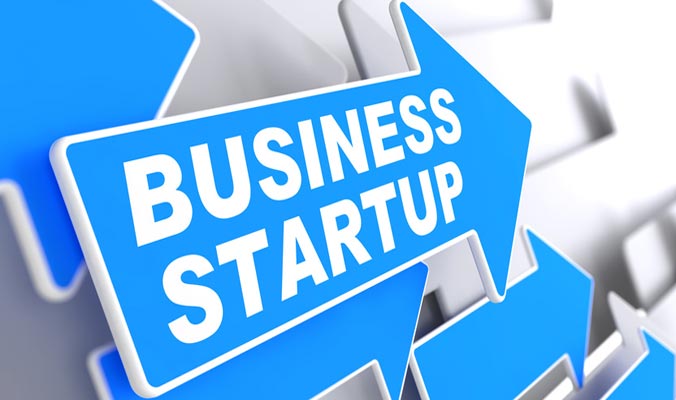While the business lifecycle has 4 stages: startup. growth, maturity /renewal and decline, the first stage is the challenging yet defining phase of any business.
Most SMEs barely survive this period as there are many storms to weather ranging from thin resources to lack of structures.
What further complicates this stage is that it’s the ideation stage with many thoughts on various solutions that the business can provide to the problem they want to solve, many markets being prospected, trying to maintain a cashflow and juggling all the tasks within a lean team that at times is limited in skills and expertise as the business cannot afford it.
Therefore, then, how can an SME survive these challenges to progress to the growth stage. The overall rule is to approach it from a marathon rather than sprint perspective as below.
Affirmation of your `Why`
Entrepreneurs must define their purpose from a long-term futuristic perspective as this sets the pace and mood for all their engagement with all stakeholders.
While running high on passion, they must validate the problems that their business seeks to solve, the current market solutions available, the market profile they intend to serve, the market opportunities and foreseeable challenges.
This requires an in-depth industry research to assure a continuous problem to an existing market with purchasing power. With this clarity then the entrepreneur can invest their resources to trade.
Developing a solid business model
Progressing from affirming your purpose, then you have all the information and data to use to decide your position in the market as below:
Entrepreneurship and failure: Why your business is failing.
Defining your target market
Draft a very clear profile of your ideal customer with a basic ‘day in life’ summary. At this stage you cannot afford to shoot blindly as all the resources are insufficient.
Defining your solution
You must draft a reasonable solution even if it’s an MVP for your target market that solves their problems, addresses their constraints and creates positive word of mouth for you.
This resolves the challenges of sales and new customer acquisition which is a cost that most SMEs can’t afford at this stage.
Defining your operations
This is the question of how to deliver the solution efficiently, profitably and sustainably. The aspects of operational resources fall here.
Bearing in mind the constraint of the same in the business, then this is where the need to have the clearest purpose, simplest yet efficient, safe processes and people that believe in your vision.
Managing your finances
At the start up stage this is one big headache: from sourcing for funds, managing all costs, pricing and cash flows.
SMEs should carefully evaluate the channels for funding to settle for what is best currently and in the future of the business.
While Venture capital, loans, and equity could give the business a strong footing, bootstrapping stands out as the entrepreneur has more control over the business.
Continuous Comprehensive Evaluation
While very busy trying to establish footing in the market, the business must at this stage establish an evaluation matrix. This will guide in making strategic and executive decisions to align for the growth stage.
This evaluation must start with the industry to assure the opportunity and climate regarding the macro economy, legal and compliance requirements as these speak to the costs of operation.
Internal evaluation will analyze the business model starting with the market, the product offering and customer satisfaction, finances, the people and structures.
The outcome should guide the next sustainable action plan for the business.
Conclusion
While surviving the start-up stage is not easy, it can be achieved by following the above guidelines to build a solid foundation by understanding their role in the market and delivering value.
Most importantly they must give themselves grace as the uncertainties are inevitable but with proper planning, business structures and the right team, then they can win in their market.








